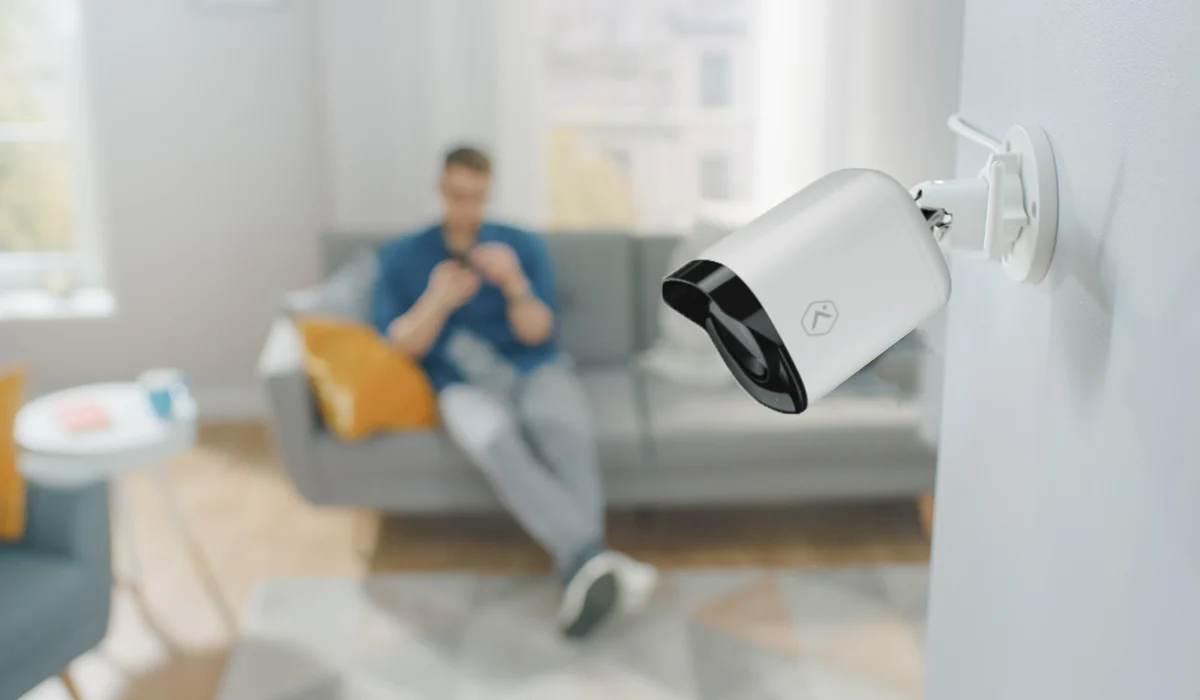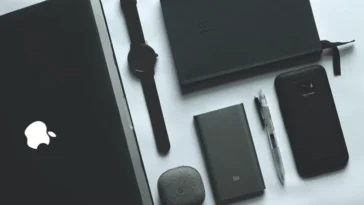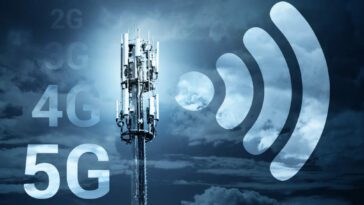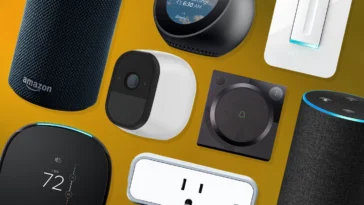In an increasingly connected world, protecting your home and loved ones has never been more accessible. Smart security cameras offer a powerful and convenient way to keep an eye on your property, whether you’re at home or thousands of miles away. Unlike traditional CCTV systems, smart cameras bring a host of intelligent features that provide real-time alerts, remote viewing, and seamless integration with your connected home.
If you’re thinking about adding an extra layer of security and peace of mind, getting started with smart security cameras is a straightforward process that offers significant benefits.
What Makes a Security Camera “Smart”?
At its core, a smart security camera is a surveillance device that connects to your home’s Wi-Fi network. This connectivity is what unlocks its “smart” capabilities, allowing you to:
- View Live Footage Remotely: Access a real-time video feed from your camera via a smartphone app, tablet, or computer, anytime, anywhere with an internet connection.
- Receive Instant Alerts: Get notifications on your phone or email when the camera detects motion, sound, or even specific activities (depending on advanced features).
- Record and Store Footage: Capture video footage to local storage (like a microSD card) or cloud storage, providing evidence of events.
- Two-Way Audio: Many smart cameras include a built-in speaker and microphone, allowing you to not only hear what’s happening but also speak to visitors or deter intruders remotely.
- Smart Home Integration: Connect with other smart devices like smart lights or voice assistants (e.g., Google Assistant, Amazon Alexa) to create automated routines.
Key Features to Look for in Your First Smart Security Camera
When choosing a smart security camera, especially as a beginner, prioritize these features:
- Resolution and Image Quality: Look for cameras that offer at least 1080p (Full HD) resolution for clear, detailed video. Some advanced models provide 2K or 4K for even sharper images, crucial for identifying faces or license plates.
- Night Vision: Essential for 24/7 surveillance. Most smart cameras use infrared (IR) LEDs to capture clear black-and-white footage in low light or complete darkness. Some offer color night vision for more detail.
- Motion Detection & Smart Alerts: This is a core feature. Ensure the camera has adjustable sensitivity to minimize false alarms (e.g., from pets or passing cars). Advanced cameras can differentiate between people, animals, and vehicles.
- Two-Way Audio: Allows you to speak through the camera and hear responses, useful for greeting delivery drivers, checking on pets, or scaring off intruders.
- Storage Options (Local vs. Cloud):
- Local Storage: Often via a microSD card slot, allowing footage to be stored directly on the camera. This avoids monthly fees but means footage is physically on the device.
- Cloud Storage: Footage is uploaded and stored securely on the manufacturer’s servers. This usually requires a subscription but offers remote access to recordings, better security against camera tampering, and often longer recording histories.
- Field of View (FoV): This indicates how wide an area the camera can see. A wider FoV (e.g., 120-160 degrees) reduces blind spots. Some cameras offer Pan-Tilt-Zoom (PTZ) functionality for remote control over the camera’s angle.
- Connectivity (Wi-Fi): Most smart cameras connect wirelessly to your home Wi-Fi (usually 2.4GHz for better range). Ensure your Wi-Fi signal is strong where you plan to place the camera.
- Power Source:
- Wired/Plug-in: Connects to a power outlet for continuous operation without battery worries.
- Battery-Powered: Offers maximum flexibility for placement (no outlets needed) but requires periodic recharging or battery replacement. Some integrate with solar panels for continuous outdoor power.
- Indoor vs. Outdoor: Outdoor cameras need to be weather-resistant (check IP rating, e.g., IP65, IP67) to withstand rain, dust, and temperature fluctuations.
Simple Steps to Set Up Your Smart Security Camera
Getting your smart security camera up and running is typically a straightforward process:
- Plan Your Placement: Decide where you need surveillance.
- Outdoor: Focus on main entry points (front door, back door), driveways, garages, and vulnerable windows. Mount them high enough (at least 2.5-3 meters) to prevent tampering but low enough for clear facial recognition.
- Indoor: Cover main living areas, entryways, and hallways. Avoid private areas like bedrooms unless specifically for monitoring children or pets.
- Unbox and Power On: Follow the manufacturer’s instructions. Plug in your camera or insert charged batteries.
- Download the App: Install the camera’s dedicated mobile app on your smartphone or tablet. This is your control center.
- Pair the Camera: The app will guide you through connecting the camera to your home Wi-Fi network. This often involves scanning a QR code on the camera or entering your Wi-Fi credentials.
- Mount the Camera (if applicable): Use the provided mounting hardware (screws, templates). Ensure it’s securely fastened and provides the desired viewing angle.
- Configure Settings:
- Create Strong Passwords: Change default passwords immediately for security.
- Enable Two-Factor Authentication (2FA): If available, this adds an extra layer of security to your account.
- Set Up Motion Zones: Define specific areas where you want motion detected to reduce unnecessary alerts.
- Adjust Sensitivity: Fine-tune motion detection sensitivity.
- Set Recording Schedules: Decide when you want the camera to record (e.g., 24/7, only when motion is detected, or on a schedule).
- Configure Alerts: Choose how you want to receive notifications (push, email).
- Enable End-to-End Encryption: If offered, activate this for maximum data privacy.
- Test Thoroughly: Walk in front of the camera, trigger motion, and check if alerts are received and footage is recorded clearly. Test two-way audio.
The Benefits of Having Smart Security Cameras
- Peace of Mind: Knowing you can check in on your property anytime, anywhere, brings immense peace of mind.
- Deterrence: Visible cameras can deter potential intruders.
- Evidence: Recorded footage provides crucial evidence in case of incidents.
- Convenience: Remote monitoring, two-way communication, and smart alerts make managing your home security effortless.
- Integration with Smart Home: Create automated routines, like lights turning on when motion is detected.
- Monitoring Loved Ones: Keep an eye on children, elderly family members, or pets when you’re away.
Getting started with smart security cameras doesn’t have to be intimidating. By understanding the core features and following a simple setup process, you can quickly enhance the security and smart capabilities of your home.
At Electronics Place, we offer a wide selection of user-friendly smart security cameras from trusted brands, designed to fit various needs and budgets. Our team is ready to help you find the perfect smart camera to safeguard what matters most to you. Visit us today and take the first step towards a smarter, more secure home!





 No products in the cart.
No products in the cart.